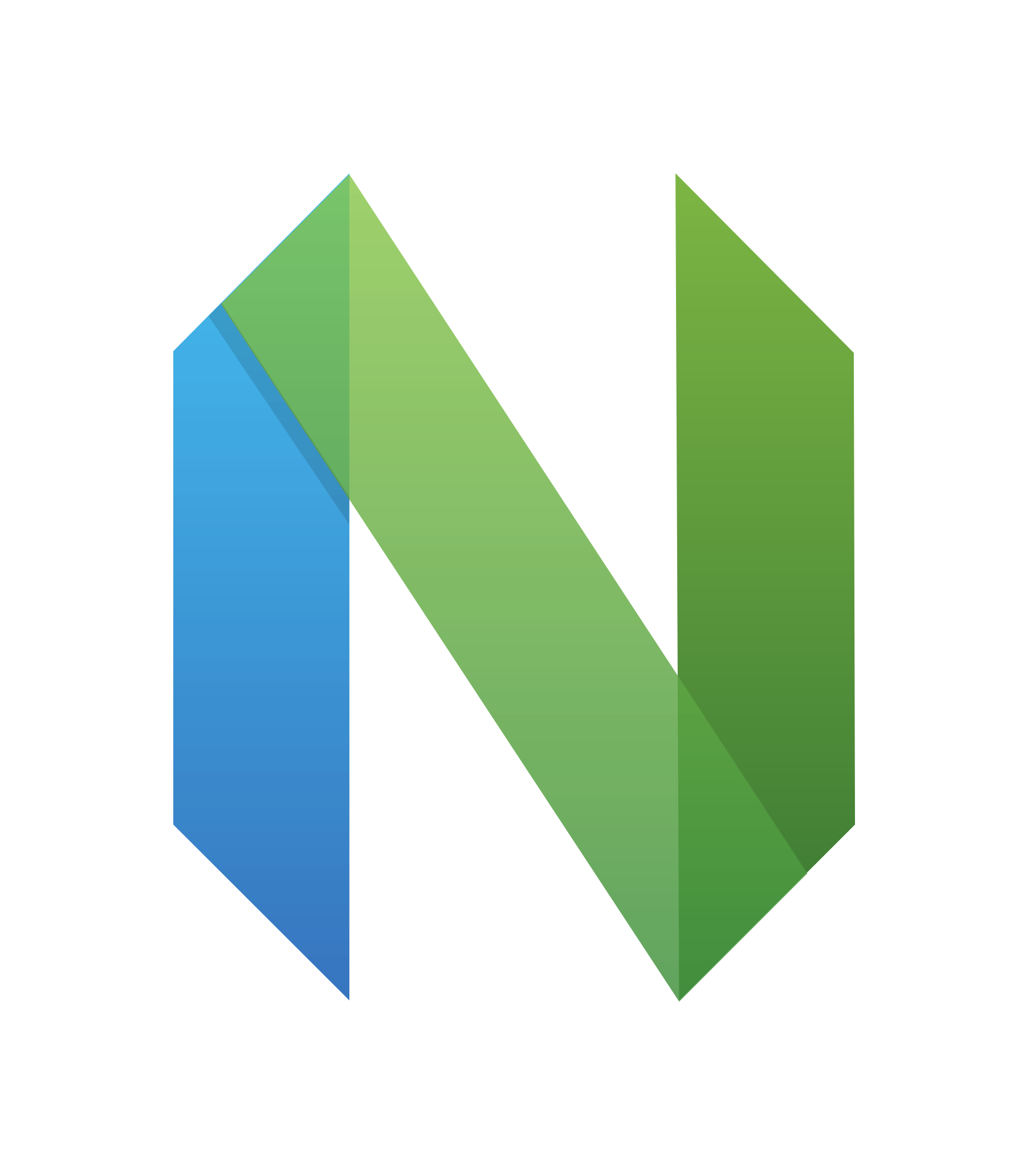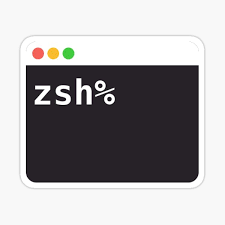

Air-up water bottles. When I bought mine it claimed to be a better water bottle all-around.
Its primary gimmick of tricking the brain into tasting the scent works well, I did drink a lot more water without needing actual flavouring. The fact that I could (unofficially) 3D print my own reusable flavouring pods to be a little more eco-friendly was a nice surprise and the reason I decided to try it.
The “better bottle” part is utter horse crap. It leaks when tipped over, even when tightly closed. Their marketing team went as far as adding “sip, don’t tip” to the instructions instead of making the cap properly seal.
Drinking from it was a chore as there was no water pressure and the constant bubbling (lets be real, its more like wet fart) noises made it impossible to use in silent settings.
I ended up going back to reusing a disposable bottle until it leaks even though the thought and feeling of something flavourless being in my mouth is revolting (its a sensory thing).













I’m one of those creatures that flattens out fizzy drinks before drinking xD